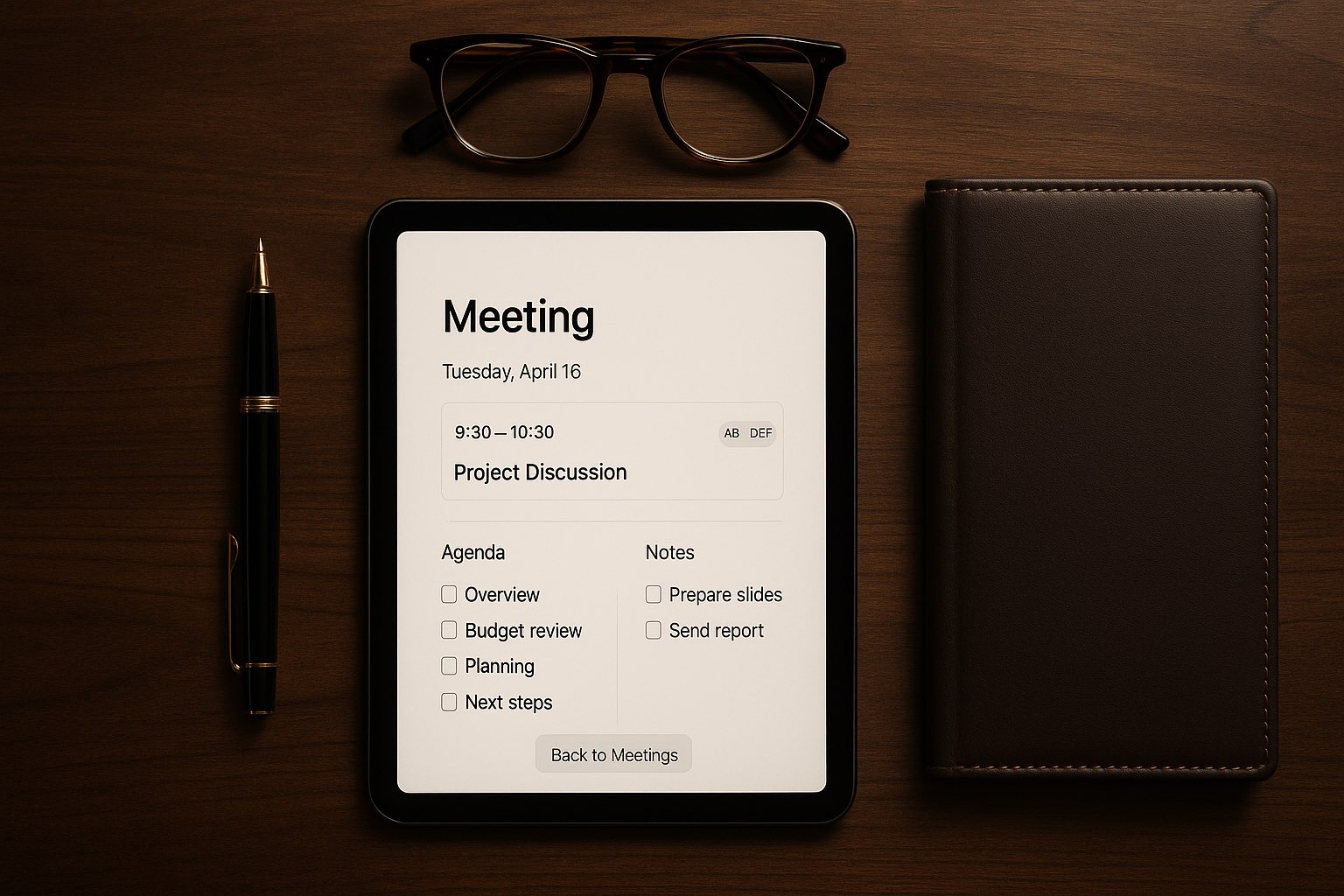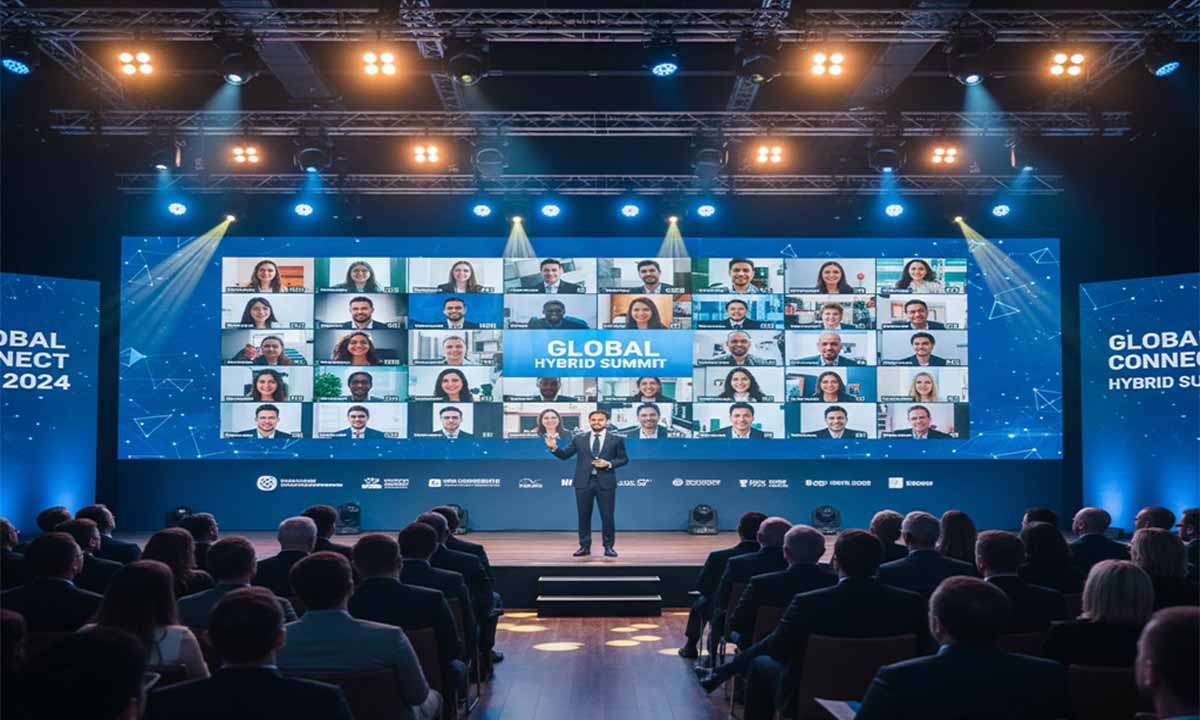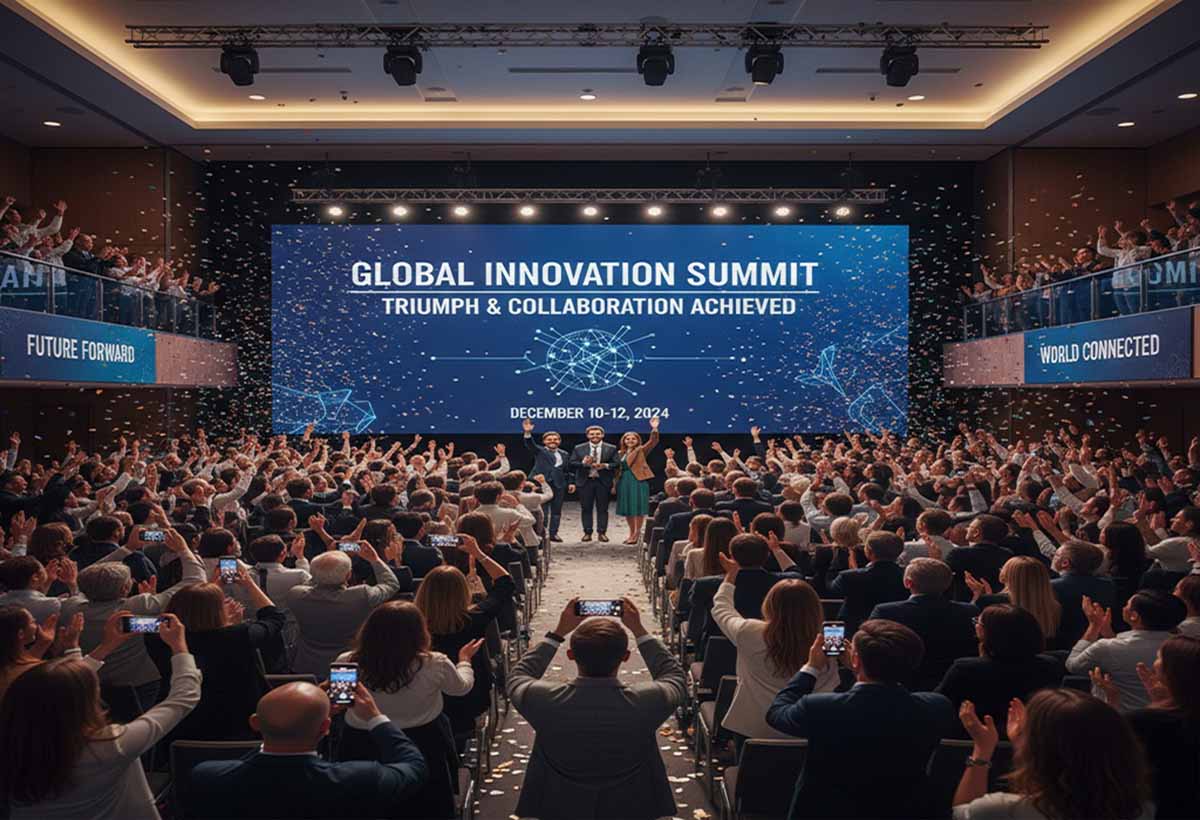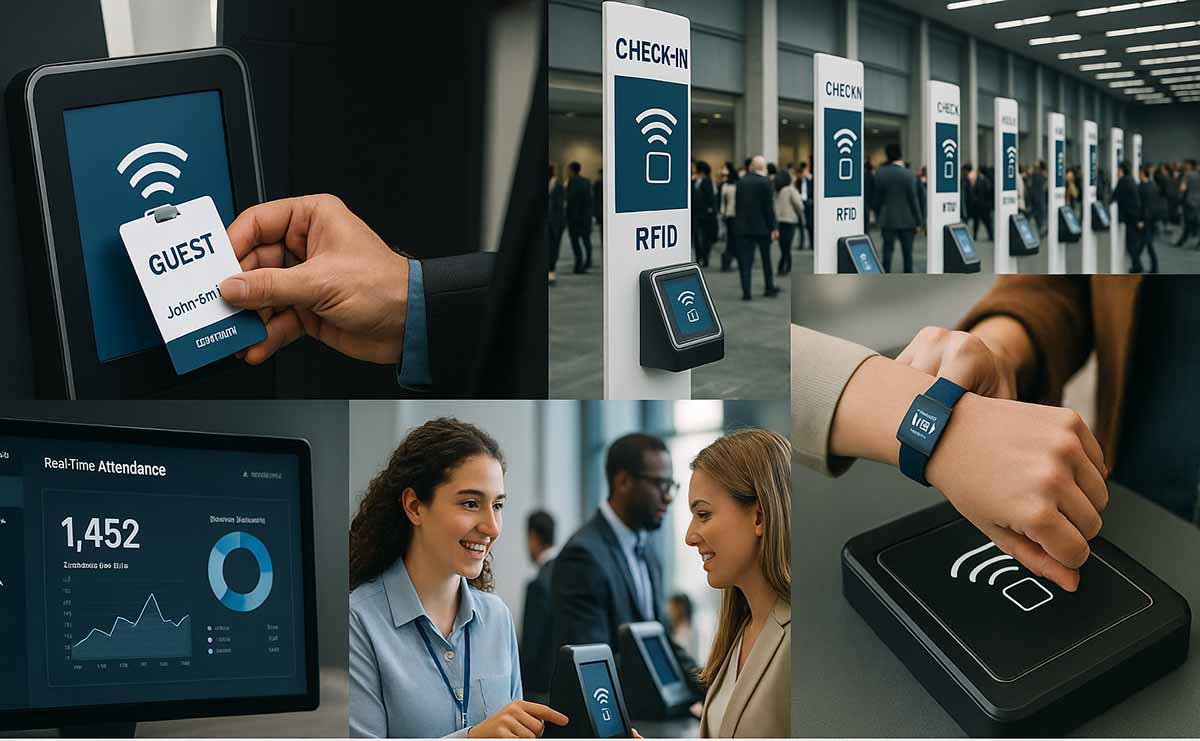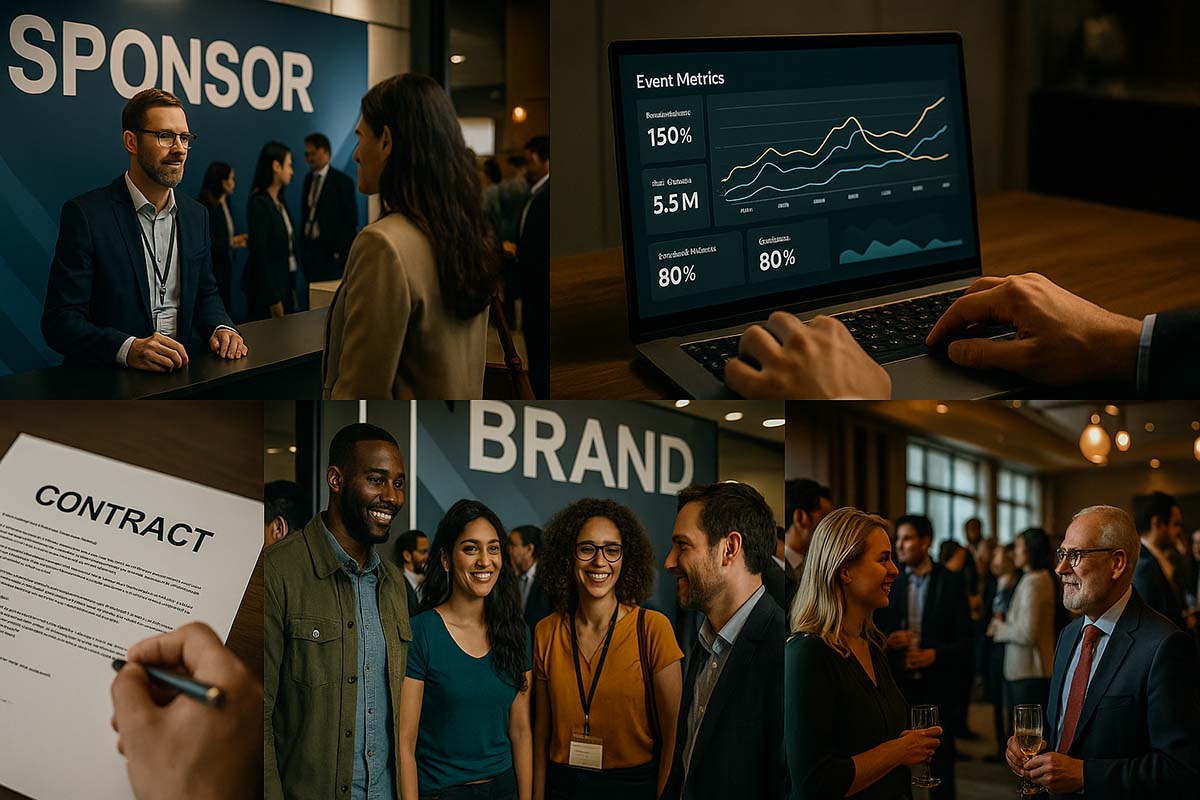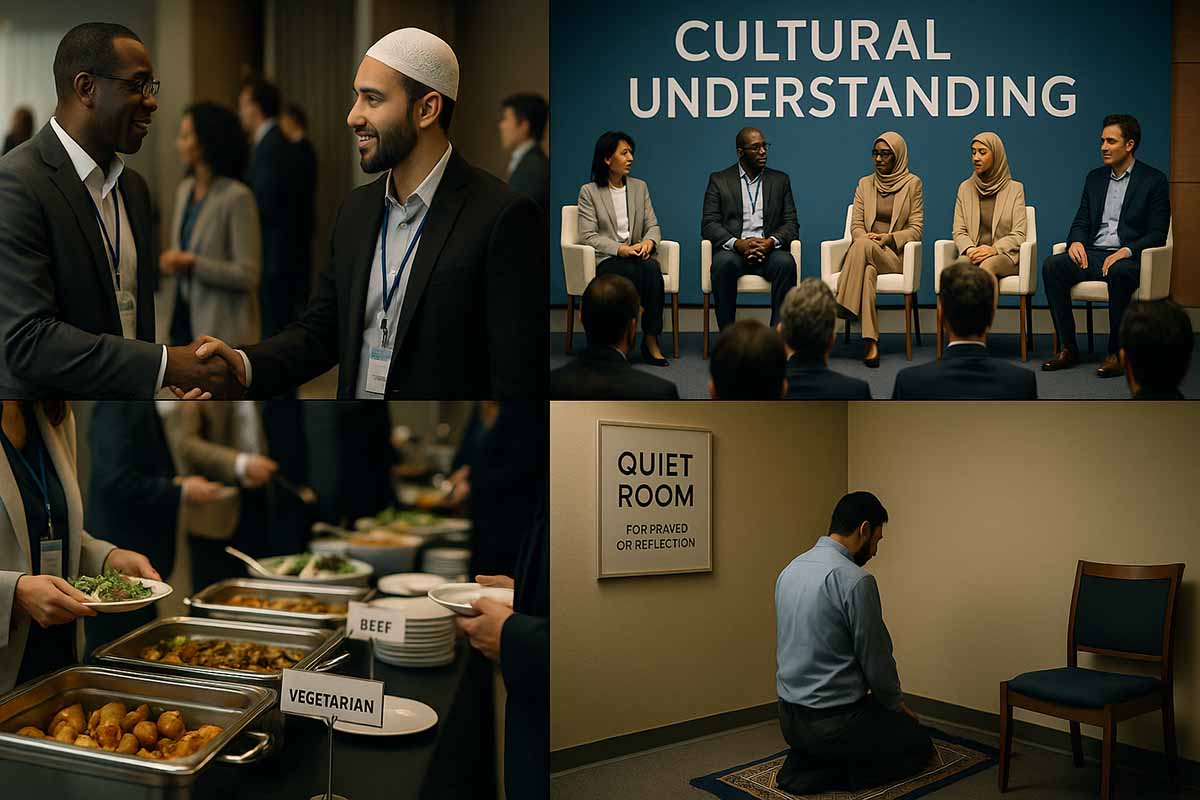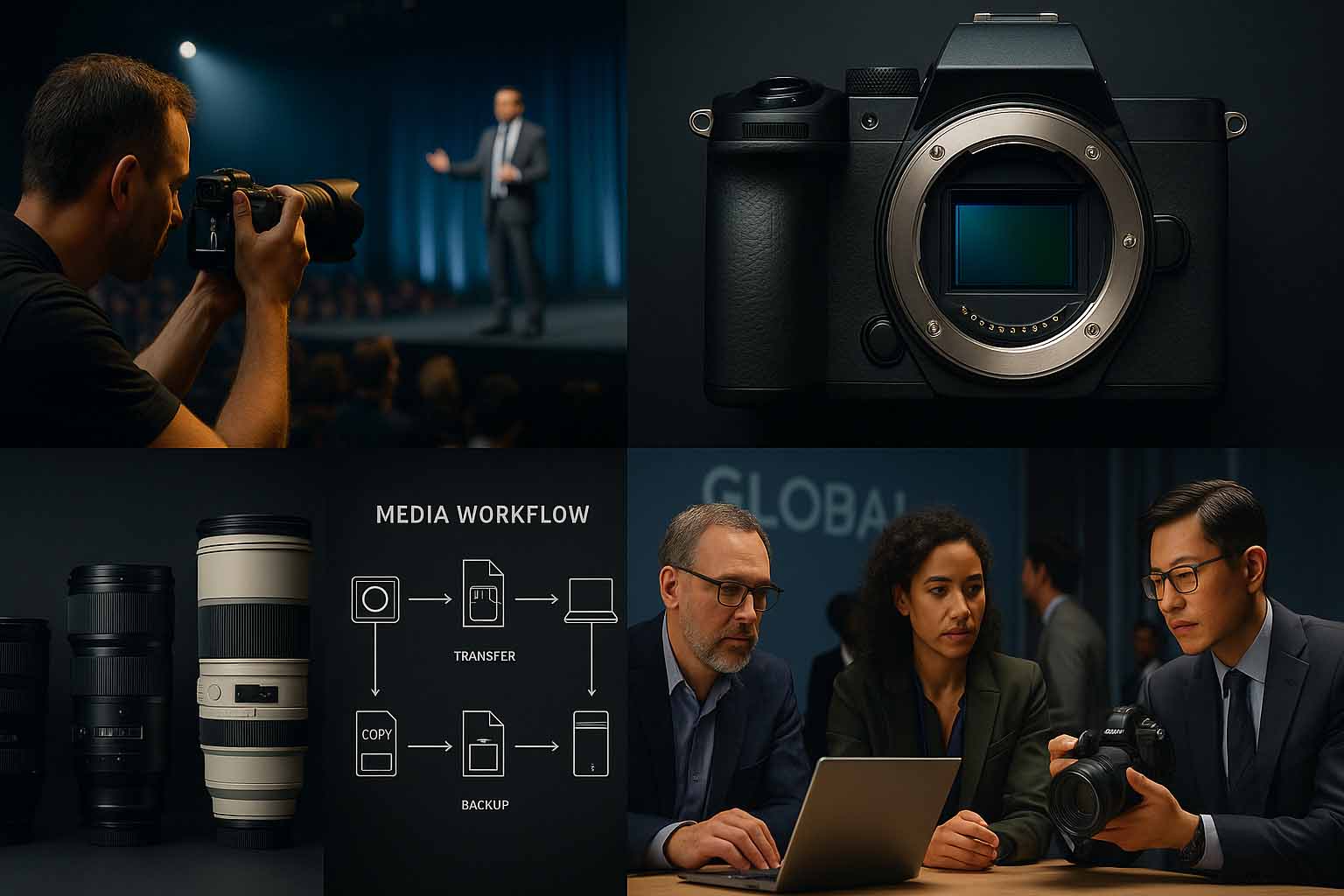Selecting Meeting Planner Tools for Executive Events
Planning an event for top-tier executives presents a unique organizational challenge. Whether it is a leadership summit, an investor conference, or a board meeting, the expectations are exceptionally high. Every detail must be flawless, and this standard of excellence extends directly to the digital tools you use. The technology behind the event should be seamless and sophisticated, working quietly in the background. A dedicated online meeting planner is not just an administrative helper; it is a strategic asset for creating a smooth experience.
Many standard schedulers are simply not equipped for this task. They lack the robust security, deep personalization, and brand integration needed for a high-stakes gathering. Choosing the right platform directly impacts the success of your event and the impression you leave on your most important attendees.
A Quick Overview
This article outlines the key criteria for selecting a meeting planner tool for executive events. We will cover the core requirements of personalization and security that these events demand.
We will also compare different categories of planning tools, from simple schedulers to comprehensive platforms, to help you understand which is right for you. Finally, we will highlight specific features to prioritize and discuss the critical importance of data security and compliance.
Core Requirements for Executive-Level Planning
When selecting a tool, the focus must shift from basic scheduling to delivering a comprehensive, high-touch experience. The platform you choose becomes an extension of your event’s brand, and it needs to meet several core requirements.
Deep Personalization Capabilities
Executive attendees are not a monolithic group. They have unique schedules, specific dietary needs, and distinct travel preferences. A suitable meeting planner tool must go beyond generic registration forms. It should allow you to manage complex, individualized itineraries for each VIP. This includes scheduling one-on-one meetings, coordinating ground transportation, and noting personal preferences that make the attendee feel uniquely valued. The goal is to provide a concierge-level service through a digital interface.
Understanding Executive Expectations
The digital experience you provide must reflect the premium quality of the event itself. It is helpful to understand certain executive attendee preferences; these leaders expect the digital tools they use to be as intuitive, efficient, and reliable as the high-end gear they use daily. Any friction in the app, a confusing registration process, or a clunky interface can detract from the event’s prestigious atmosphere and cause unnecessary frustration. The technology must be seamless and invisible, allowing the focus to remain on the event’s content and connections.
Uncompromising Security and Discretion
For executive events, security is not just a feature; it is a fundamental necessity. The attendee list often includes high-profile individuals, and their personal and professional information is highly sensitive. The right tool must offer uncompromising security, including end-to-end data encryption, secure login protocols, and robust measures to protect against data breaches. Discretion is paramount, and your chosen platform must guarantee the privacy and protection of every participant’s identity and information.
Robust Communication and Support
When a last-minute change occurs, you need to communicate it instantly and discreetly. A proper planner tool should provide dedicated support channels and real-time notification capabilities. The level of service required from the software provider is similar to the high-touch approach needed when attracting high-profile speakers. Every query must be handled swiftly and professionally, ensuring that both planners and attendees have a reliable support system to turn to at any moment.
A Comparative Look at Meeting Planner Tools
The market for meeting planner tools is vast. For executive events, it’s useful to analyze the popular “Scheduling Assistants” to understand their specific roles and limitations. These tools are excellent for coordinating schedules but are not designed to manage an entire event.
The table below compares five common scheduling tools and their suitability for components of executive event planning.
| Tool | Best Use Case | Key Strengths | Limitations for Executive Events |
| Meetin.gs | Finding the best time for a group meeting where participant privacy is a priority. | Simple polling event creation, visual availability grid, and optional password protection for anonymous and secure participation. | Designed for scheduling a single meeting, not for managing a full event with registration, itineraries, or mobile app features. |
| Calendly | Scheduling one-on-one meetings with external VIPs, speakers, or sponsors. | Professional interface, seamless calendar integration, automated workflows and reminders. | Not designed for group events or complex itineraries. Lacks overall event management features. |
| Doodle | Finding the best time for a small group meeting, like a pre-event committee sync. | Simple and widely recognized poll-based system for finding common availability. | Can appear informal. Public polls lack the privacy needed for high-profile attendee lists. |
| When2Meet | Quick availability checks for small, internal teams where speed is the priority. | Extremely simple visual grid interface that is very fast to use. | Lacks a professional look for external use. Offers no features beyond the availability grid. |
| Microsoft Bookings | Scheduling appointments for organizations heavily invested in the Microsoft 365 ecosystem. | Deep integration with Outlook and Teams calendars; customizable booking pages. | Can be less user-friendly for those outside the Microsoft ecosystem. Still an appointment scheduler, not an event platform. |
The Need for a Full Platform
As the comparison highlights, while these five tools can expertly handle specific scheduling tasks within a larger event, none provides a complete solution. A full executive event requires a single, secure platform to manage registration, security, complex personalized itineraries, and attendee data. This is where a comprehensive event management platform becomes essential, acting as the central command center for all logistical and communication needs.
Key Features to Prioritize in an Executive Event Tool
When evaluating comprehensive platforms, certain features become critical for ensuring a smooth and secure executive experience.
Granular Access Control and Permissions
An executive’s schedule is often managed by an assistant. The event planning team also has different roles and responsibilities. A high-quality tool allows for granular access control, meaning you can set different viewing and editing rights for staff, executives, and their assistants. This ensures that sensitive information is only visible to those who need to see it.
Dynamic Itinerary Management
The schedules of top executives can change at a moment’s notice. Your planning tool must be agile enough to handle these shifts effortlessly. Dynamic itinerary management allows you to create and modify personalized schedules for each VIP attendee in real-time, with updates pushed instantly to their mobile devices.
Mobile Concierge Features
For attendees, the mobile app is the event. It should provide a premium experience that feels less like a generic event app and more like a personal concierge. As our modern event technology guide explains, a successful app integrates multiple functions seamlessly. This includes everything from travel updates and venue maps to secure messaging and one-click access to support, all designed to make the attendee’s experience as smooth as possible.
Sophisticated Reporting
After the event, you will need to demonstrate its success. A good platform provides sophisticated reporting and analytics on attendance, session engagement, and other key metrics. For executive events, this must be balanced with the need for privacy. The tool should allow you to generate valuable insights while upholding the strictest standards of attendee confidentiality.
Data Security and Compliance: A Non-Negotiable Priority
In today’s digital world, data security cannot be an afterthought. For events with an international audience, it is a legal and ethical obligation.
Protecting Sensitive Information
When your attendees include executives from around the globe, compliance with data privacy regulations is not optional. You must ensure your chosen tool adheres to strict standards like the General Data Protection Regulation (GDPR) to safeguard the personal information of your participants. Adherence to these standards protects your attendees and your organization from significant legal and financial risk.
Vetting Vendor Security Policies
Before committing to a platform, thoroughly review the vendor’s security protocols. Ask detailed questions about their data storage practices, encryption standards, and breach notification procedures. A reputable provider will be transparent about their security measures and should be able to provide clear documentation of their compliance and certifications.
Making the Right Choice for Your Event
Ultimately, selecting a meeting planner tool for an executive event is about more than just features. It is about choosing a partner that understands the unique demands of a high-stakes environment. The right platform will blend sophisticated personalization, uncompromising security, and seamless integration into a single, reliable solution. By carefully assessing your needs and prioritizing the security and experience of your attendees, you can choose a tool that not only simplifies your planning process but also elevates the quality of your event.
